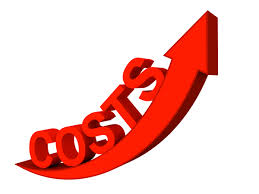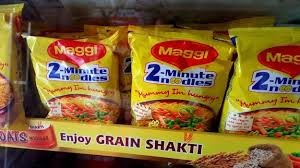There are different types of costs in price theory in economics. They are as follows:-
MONEY COST
The cost that accountants of a firm list in the form of money outlays in the process of production of its output.These are the wages and salaries paid to labor, expenditure on equipment and machinery, repair costs, payment for power, materials, light, fuel and transportation, payment of rents, trademarks, taxes, advertisement and insurance.
The producers may only consider the money costs of procuring the necessary inputs for products, another view of economists is about real costs. These are the money costs from the social viewpoint.
OPPORTUNITY COSTS
The opportunity costs or alternative costs of a particular product is the value of the product whose production was not undertaken so as to put the resources in the production of that particular product. For example, a machine can be put to a variety of uses. Its employment in one use may keep it from putting it to use in another operation at the same time. Opportunity cost is the forgone benefit of the second best alternative.
SOCIAL COST
Social cost is the total cost of production of a good which includes the direct costs and the indirect costs that the society has to pay for the production of that good. An example of indirect cost can be of the cost of pollution or wastes by mining or industries that the people living nearby have to face such as increase in health problems.
INCREMENTAL COSTS
These are the additional costs that a firm has to bear when it changes the level of production activity such increase in machinery, changes in distribution of output in the market. Here an important point to note is that incremental costs are different from sunk costs (which are fixed costs which once incurred will not change by any increase or decrease in business activity).while the incremental costs are important in decision making process of a business, sunk costs are not taken into account.
REPLACEMENT COSTS
It is the price which would have to incurred currently by a firm for purchasing a new plant to replace the old one. For example, the price of a plant was 10 lakhs ten years back and currently the price of new plant is 15 lakhs. So this 15 lakhs is the replacement cost.
FULL COST
The total cost of a firm re divided into fixed costs and variable cost. Fixed costs are also called overhead costs and include costs of plant and machinery while variable costs are also called prime costs which include cost of raw materials and labour. In the decision making the firm takes into account its variable cost since the fixed cost remain same for small variations in output. The price of the commodity must fully cover its variable cost.
Click here for government certification in Accounting, Banking & Finance





28 Comments. Leave new
nice one
Very informative well written
Very informative well written
well constructed
Very well written.
Informative
Ha..such a nice posts. Learnt many things from that.
thank you vinod
incremental costs are called marginal costs too, right?
Yes Aishwarya ,incremental costs are also called marginal costs. 🙂
Thank you archana and vineet 🙂
V well written and presented
well explained
An informative read. (Y)
Well explained!
Well,described.
Well written and very informative article.
informative and well presented 🙂
nice work Nishitha!!!
Informative!
Well written
very well structured ! 🙂
Good work.
Class 12th Economics. 😀
Well written.
Well explained
well explained.
nice
Basics which one must know… after all economics depends on these base words…
Well articulated!